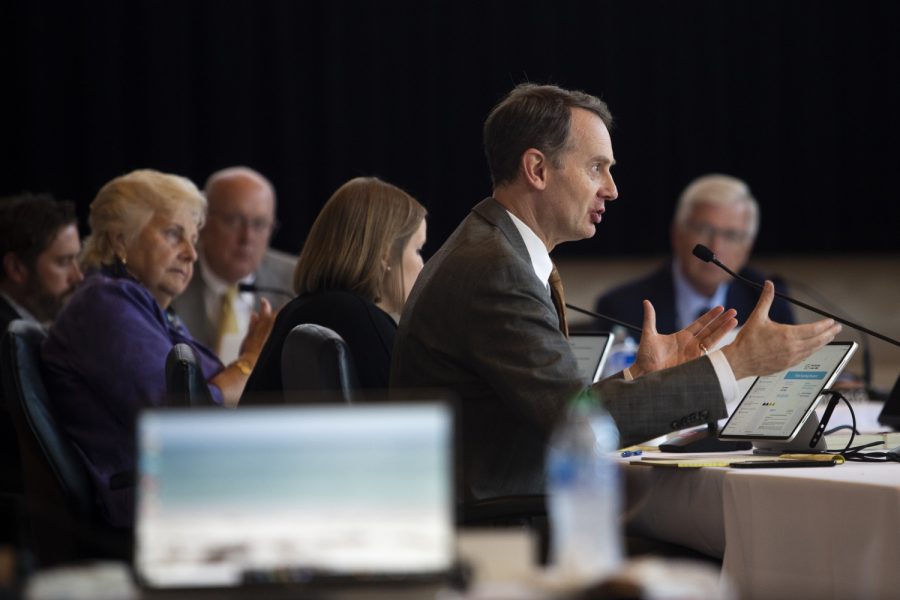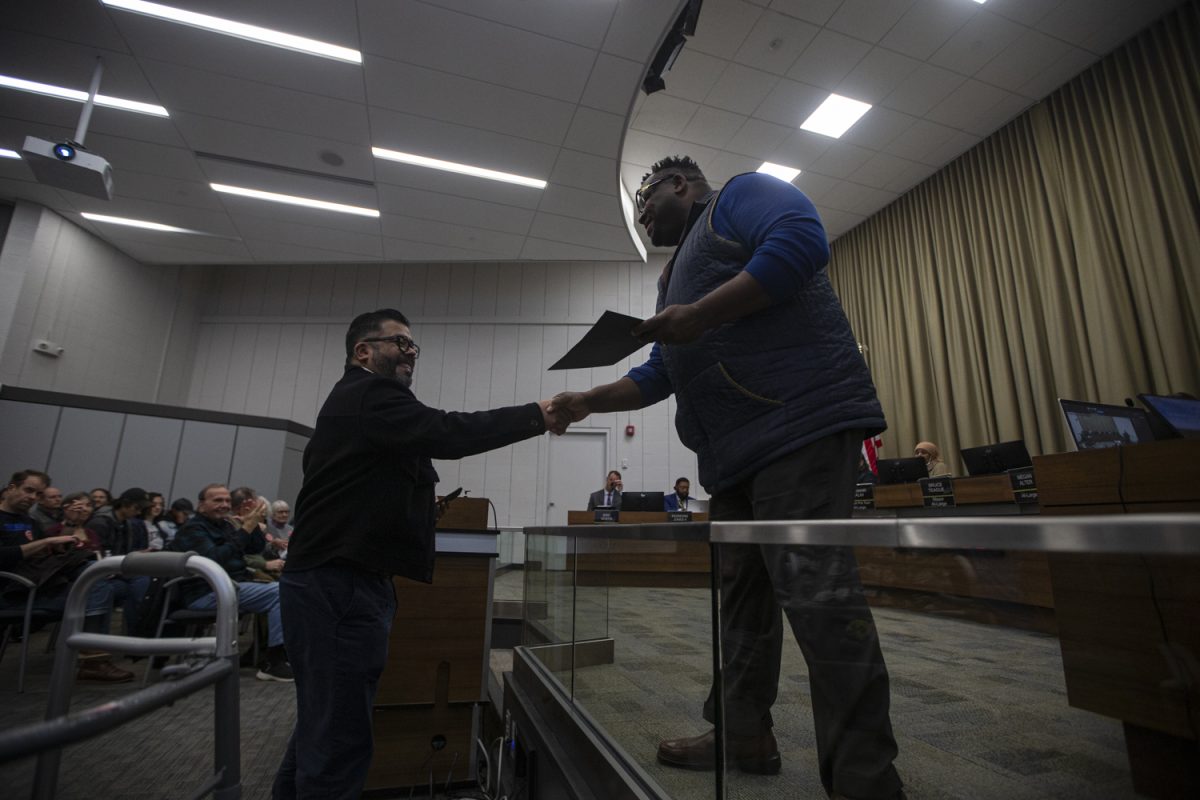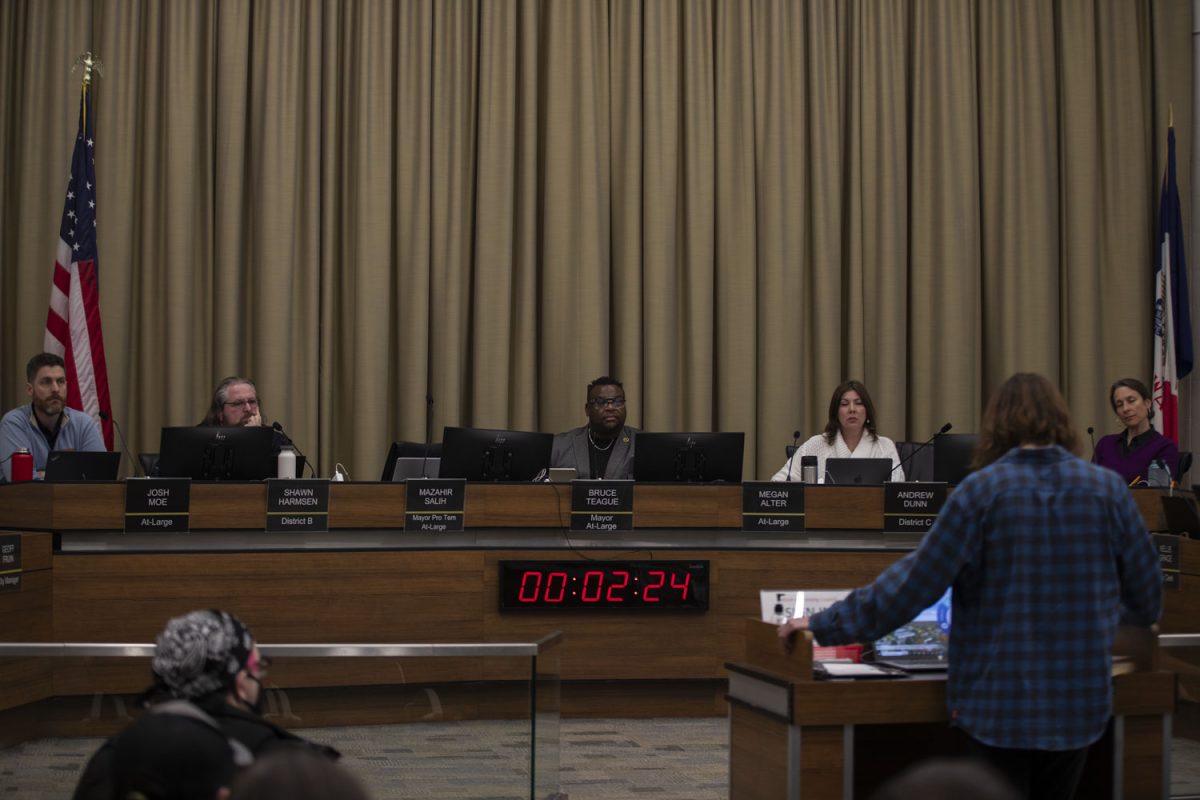Steve Leazer watches as his colossal, curious cows follow each other into crammed, narrow stalls, where they’ll have a day’s worth of milk squeezed from their udders.
He is one of the more fortunate dairy farmers.
Statewide, 245 dairy farms have shut down since July 2006, including 39 since the start of May.
“As it keeps going, it just keeps getting worse,” said Leazer, a third-generation farmer.
A poor economy has caused milk prices to drop in response to low demand, according to industry experts.
While a gallon of milk cost between $3 and $4 last year, customers are now paying under $2 per gallon.
But for dairy farmers such as Leazer, cheaper milk at the grocery store means a smaller paycheck. Dairy farmers have no control over how much the milk will sell for once it leaves their farms.
Early last year, Leazer was making around $22 per hundredweight of milk he sold. Today, that number is $10.70. To break even, he needs to make around $15.
Zach Bader, a communications specialist for the Iowa Farm Bureau, said demand for dairy has dropped as the economy worsened.
The effect of a bad economy can be devastating to Iowa, where one out of every six jobs is tied to agriculture, Bader said.
The crippled dairy industry is threatening Iowa’s dairy farms, many of which are family businesses.
Blue Knoll Farms has around 60 cows that are milked every day, and it also raises corn and soybeans.
Leazer’s daughter, Laura Jones — from the fourth generation to work on the farm — helps her father with the business. Dressed in jeans and a jacket to prevent the pouring rain from drenching her already soaked clothing, she positioned giant bottles of milk in the calf huts. The calves guzzled down the milk within minutes.
Jones said she hopes her children can take over the family business someday, but she remains cautious in an uncertain future. Both Leazer and Jones said they feel the pressure of reality but won’t let the economic tsunami and poor market knock them off their feet. And there’s still some optimism on Blue Knoll Farm.
Leazer said demand for milk will rise with the start of school. The government is also trying to help out dairy farmers such as Leazer by paying subsides of $10 per hundredweight. But the $10 support price is not enough to balance out the amount of income Leazer has lost.
“If the government is going to be involved, it needs to keep up everything or just get out of it,” Leazer said. “[Government] doesn’t understand that when minimum wages go up, support prices for agriculture should go up also.”
The farm used to have three employees, but since Leazer’s income has been cut in half, there isn’t much money for wages.
“Unless you are the size of 400 to 500 cows, you can’t really afford to have much labor,” Leazer said.






